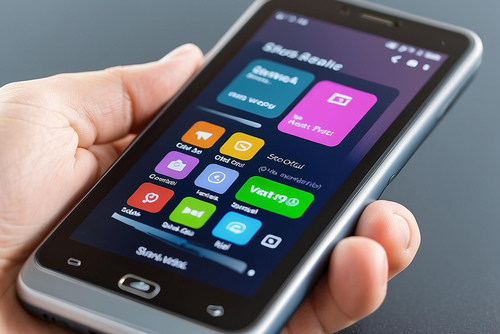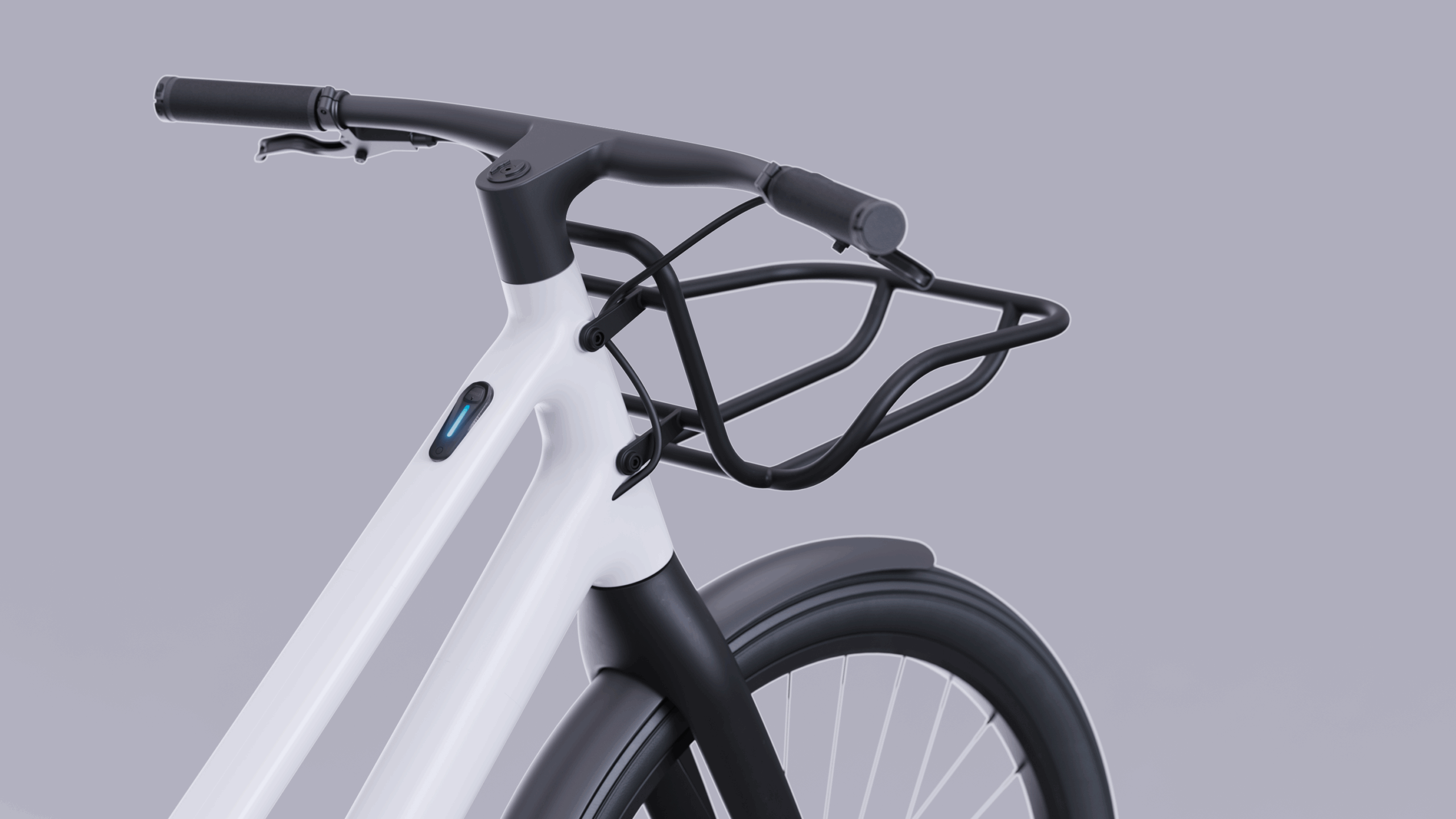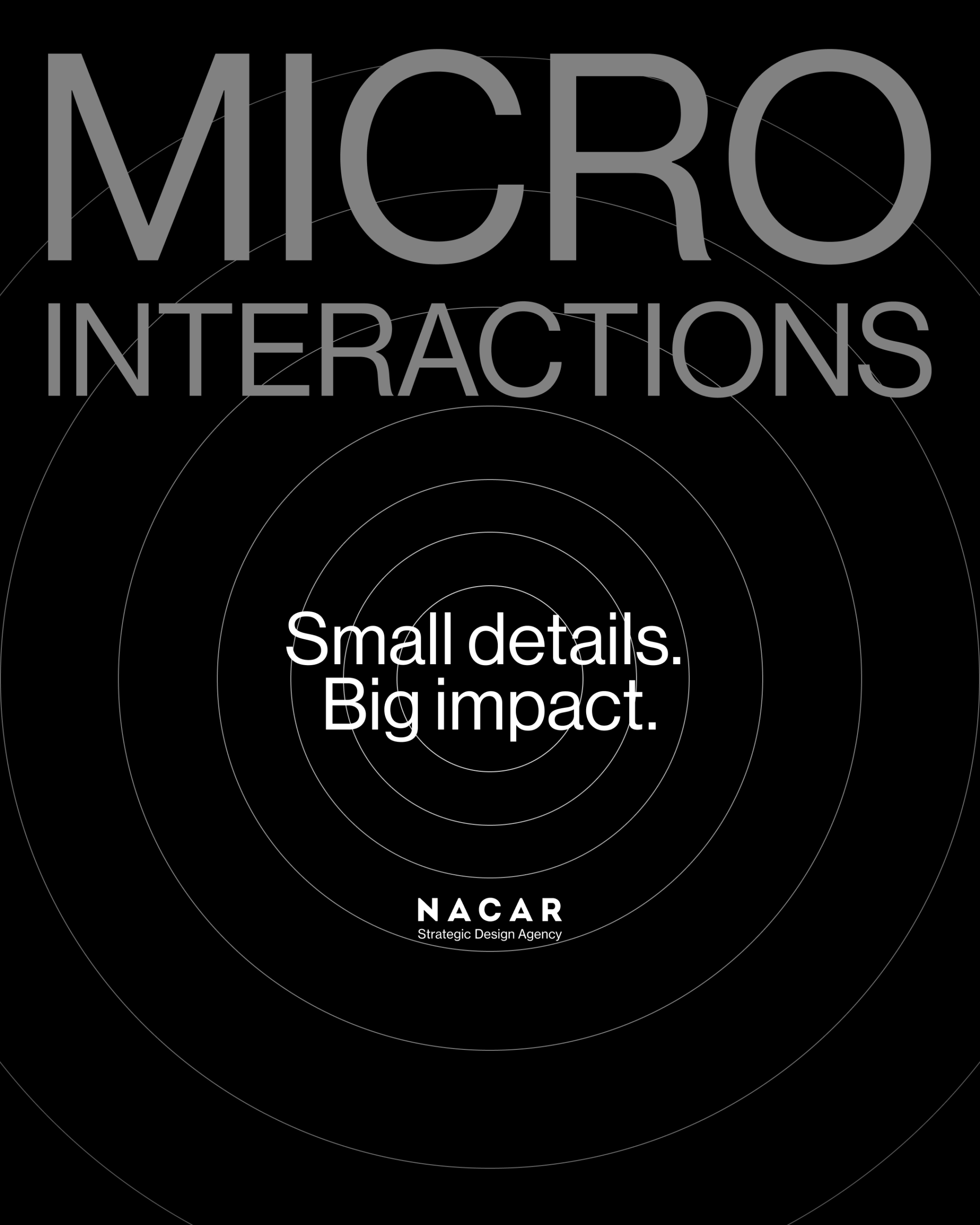
Current trends in mobile app design
- Nacar Design Team

As technology advances and user preferences evolve, developers must stay updated on these trends to create modern app designs that capture the market effectively. That's why, with NacarDesign, we'll show you the latest trends in mobile app design.
Minimalism: Less is more
One of the most prominent trends in mobile app design is minimalism. This design philosophy emphasizes simplicity and clarity, often stripping away unnecessary elements to create a cleaner interface. A minimalist approach not only enhances visual appeal but also improves usability. Users are less likely to feel overwhelmed by cluttered interfaces, allowing them to focus on the core functionalities of the app.
Apps like Google Keep and Airbnb exemplify good app design through their minimalist interfaces. By using ample white space, straightforward navigation, and limited color palettes, these apps create an inviting user experience. As designers continue to adopt minimalist principles, we can expect to see an increase in apps that prioritize functionality without sacrificing aesthetics.
Dark mode: Aesthetic and functional
Dark mode has become increasingly popular among mobile app designs. This trend is not merely about aesthetics; it also offers practical benefits. Dark themes can reduce eye strain, save battery life on OLED screens, and create a more immersive experience. Many users now prefer apps that offer a dark mode option, making it essential for developers to incorporate this feature into their designs.
Applications like Twitter and Instagram have successfully integrated dark mode, allowing users to switch between light and dark themes seamlessly. This adaptability not only enhances user satisfaction but also encourages prolonged app usage, ultimately leading to greater engagement and retention rates.
Voice user interface (VUI)
As voice recognition technology continues to advance, integrating Voice User Interface (VUI) into mobile app designs is becoming a prevalent trend. VUI allows users to interact with apps using voice commands, providing a hands-free experience that can significantly improve accessibility. This is particularly beneficial for users with disabilities or those who prefer voice interaction for convenience.
Apps like Google Assistant and Siri demonstrate the power of VUI, allowing users to execute commands quickly and efficiently. As this technology evolves, we can anticipate a rise in mobile app designs that leverage voice capabilities, leading to more intuitive and user-friendly experiences.

Augmented reality (AR)
Augmented Reality (AR) is another exciting trend reshaping mobile app design. By overlaying digital information onto the real world, AR creates immersive experiences that engage users in novel ways. This technology has found applications in various industries, from gaming to retail, providing unique ways for users to interact with products and services.
For instance, apps like Pokémon GO and IKEA Place have successfully utilized AR to enhance user engagement. As more developers explore AR capabilities, we can expect to see innovative mobile app designs that offer interactive features, allowing users to visualize and experience products in real-time.
Biometric authentication
Security is a top priority for users, making biometric authentication a significant trend in modern app design. By incorporating fingerprint recognition, facial recognition, and other biometric methods, developers can enhance app security while providing a seamless user experience. This trend is particularly vital in financial services and health-related apps, where sensitive information needs to be protected.
Apps such as Apple Pay and banking applications have embraced biometric authentication, allowing users to log in quickly and securely. As security concerns continue to grow, integrating biometric features into mobile app designs will become increasingly essential.
Customization and personalization
Personalization is a key factor in enhancing user engagement, and mobile apps are increasingly adopting features that allow users to customize their experiences. This trend includes personalized content, tailored notifications, and adjustable user interfaces that cater to individual preferences. When users feel that an app is designed for them, they are more likely to engage with it regularly.
Streaming services like Spotify and Netflix exemplify this trend, offering personalized playlists and recommendations based on user behavior. As personalization continues to evolve, developers will need to prioritize creating mobile app designs that adapt to individual user needs.


Moulded thermoplastic composites; lightweight and recyclable. The BCPR project.
